Rolling a ladder into position
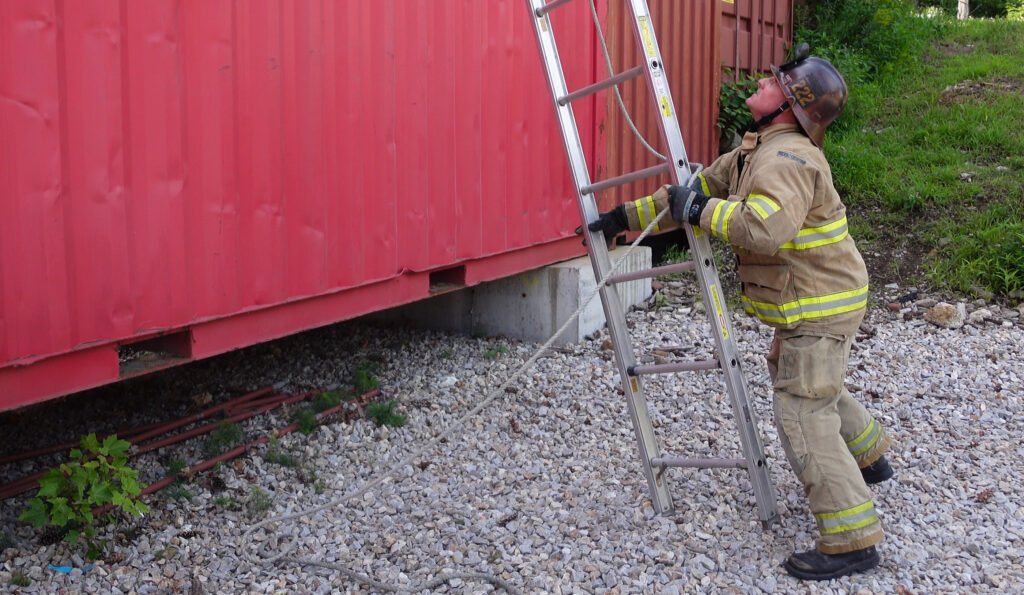
Once a ladder has been lowered to a building, it may need to be rolled to the proper position and with the fly section out.
Ladders: Two firefighter beam raise
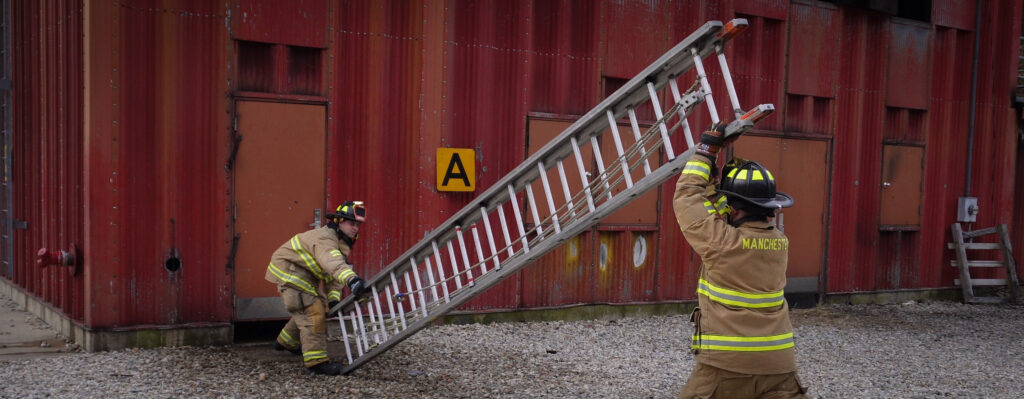
This two-firefighter ladder technique can be useful for tight spaces.
Ladders: Two firefighter flat raise

The footing firefighter uses their weight on the lower part of an extension ladder to help lever it into a vertical position as the second firefighter, using their leg muscles, […]
Ladders: Using a building for stability while raising
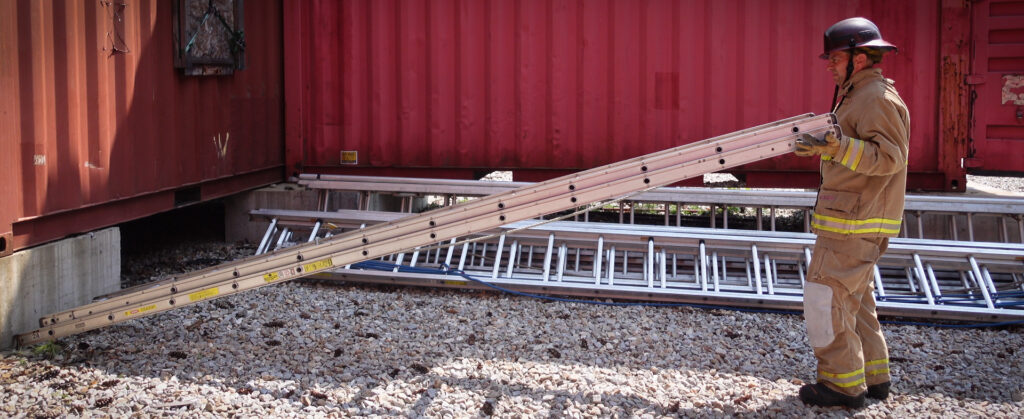
A firefighter can use the base of a building to provide stability while raising an extension ladder on their own.
Ladders: Leg lock
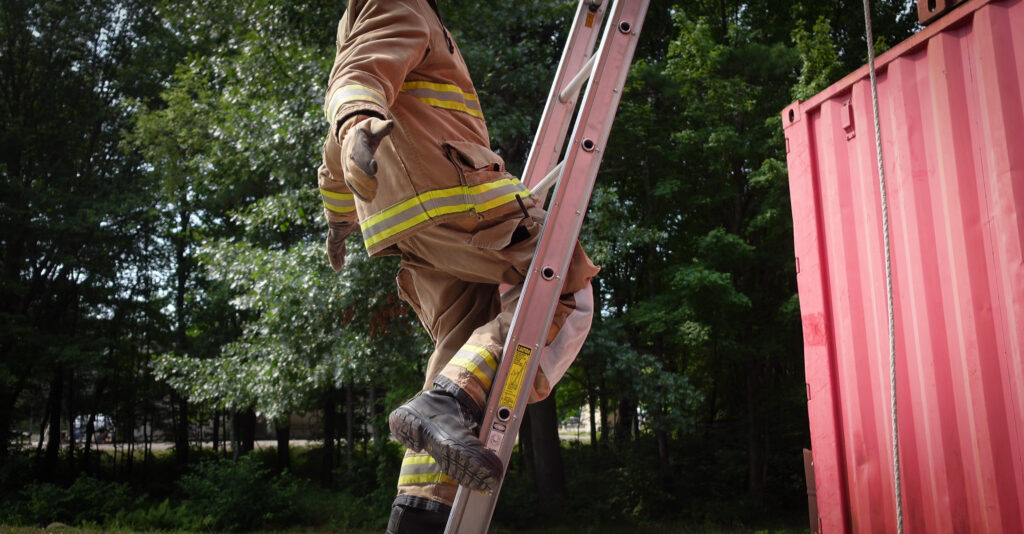
A firefighter can use this technique to stabilize themselves while working from a ladder performing tasks such as ventilation and overhaul.
Ladders: Swick drag
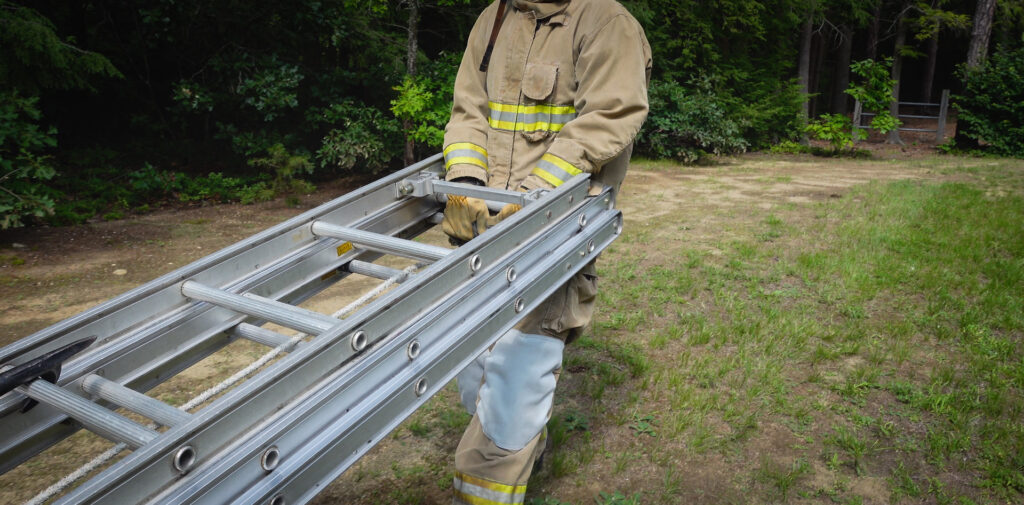
The lone firefighter in need of moving an extension ladder, roof ladder and tools can use this technique to move them all at one time.
Ladders: Two firefighter low shoulder carry
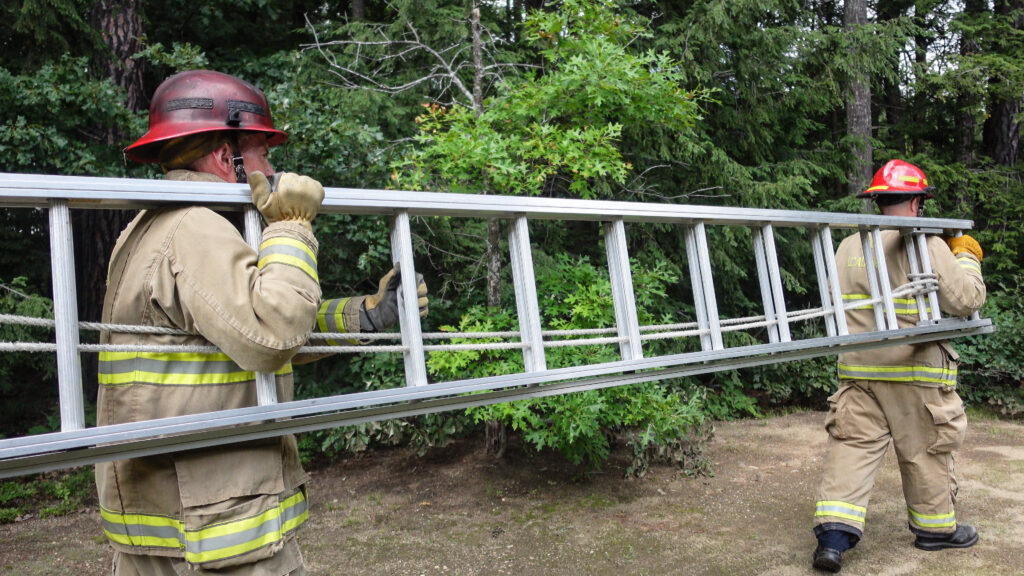
Two firefighters can efficiently move an extension ladder with this method. Remember that good communication is important. Kneel down, beam the ladder, and stand. The motion brings the ladder off […]
Ladders: Two firefighter suitcase carry
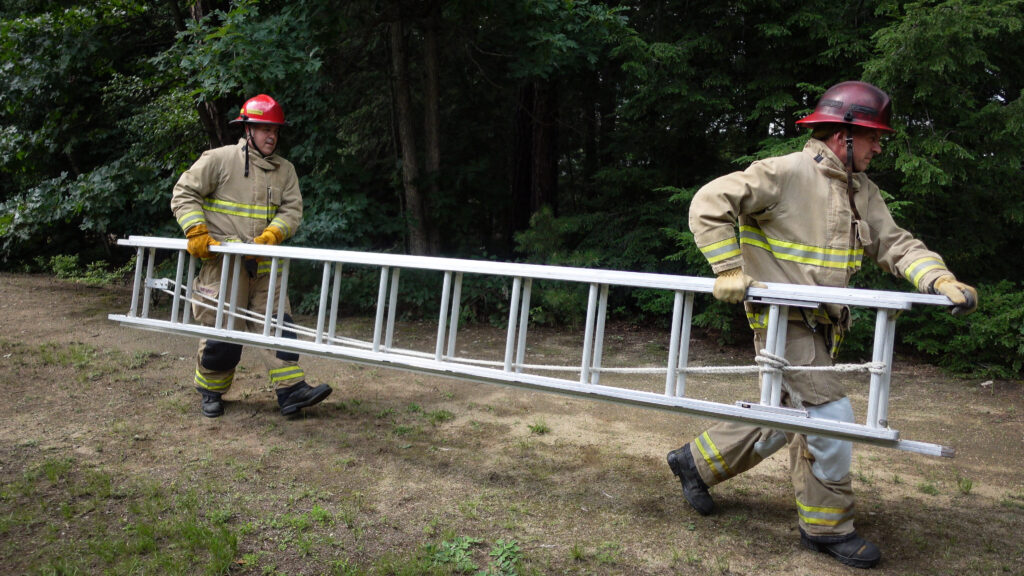
This suitcase carry is helpful if there are enough personnel available. Communication and teamwork are key to moving a ladder smoothly and efficiently to where it’s needed on scene.
Ladders: Suitcase carry
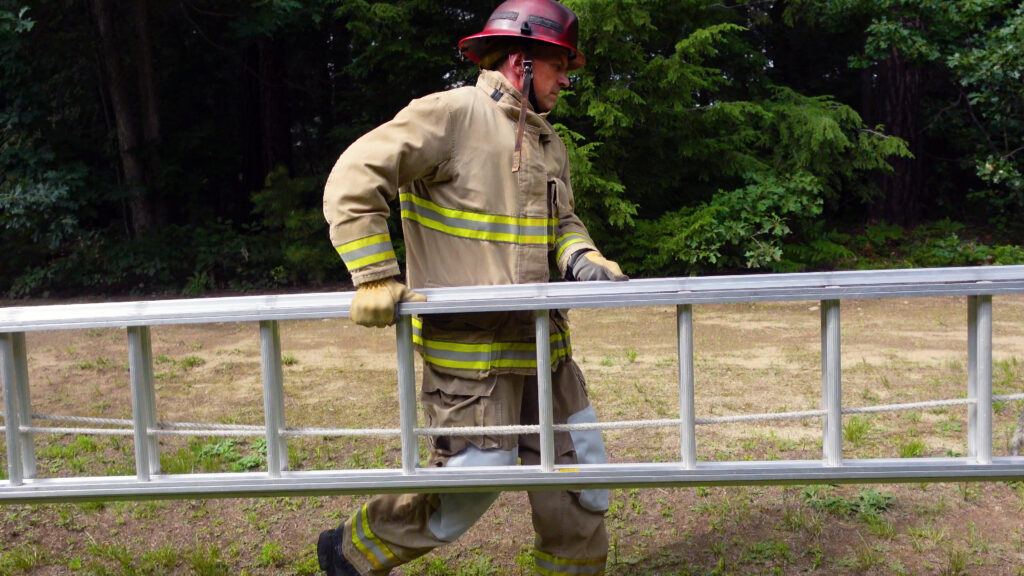
The suitcase carry is a useful way for a single firefighter to move a ladder short distances. Find the balance point and lift with the large muscles of your legs.
Ladders: Raising an extension ladder and deploying a roof ladder
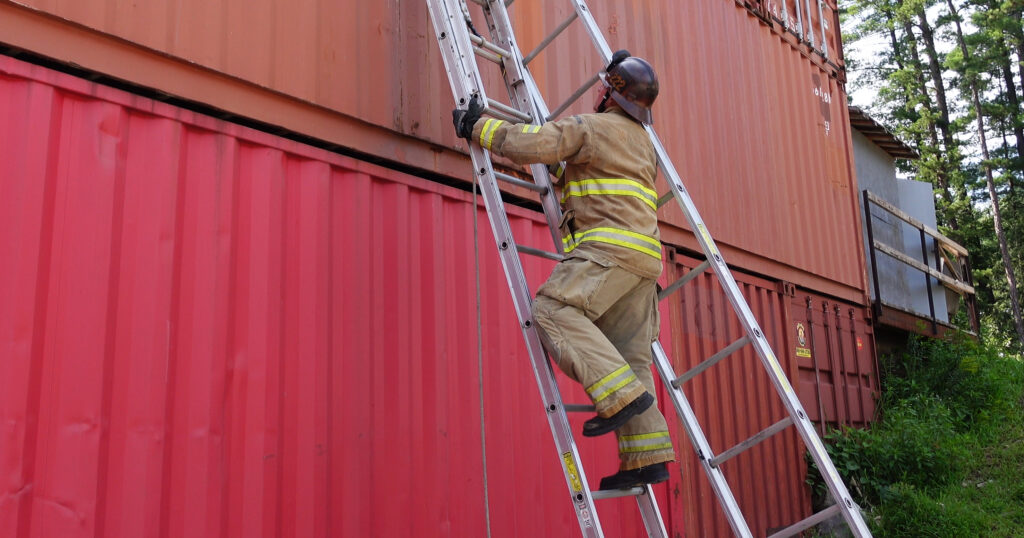
The basic steps for a single firefighter to raise a 24-foot extension ladder and then deploy a roof ladder. Footing, stabilizing, raising, climbing and securing.

